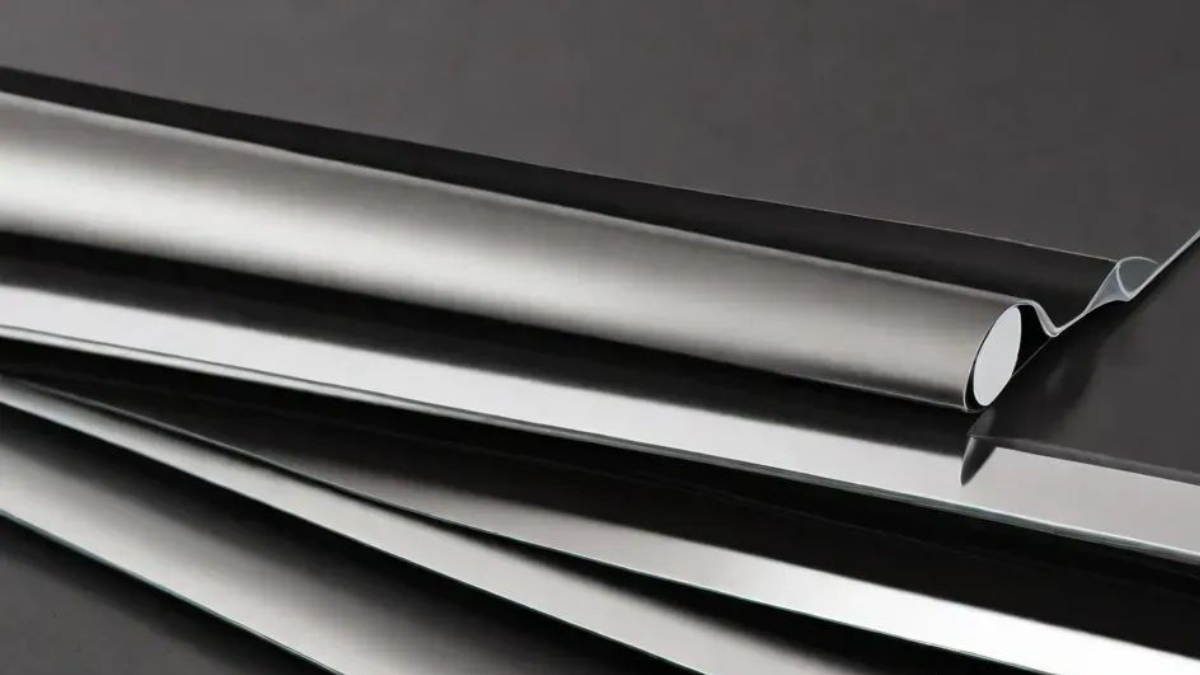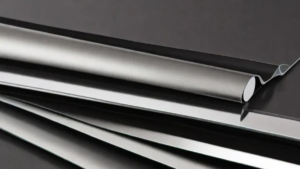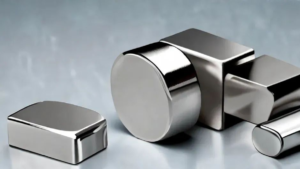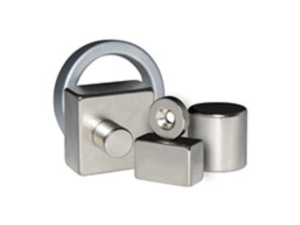
Neodymium magnets are the strongest permanent magnets in the world. While used in packaging and display industries frequently, these rare earth magnets also make cell phones vibrate, help turn turbines, and power MRI scanners.
Large neodymium magnets can attract one another, and other ferromagnetic materials, from far off distances. Even small neodymium magnets will snap toward one another when they are inches apart. While it may seem fun to watch magnets “fly,” the force with which they slam into one another can be very dangerous. If your skin gets caught between two magnets attracting to one another, you can quickly get blood blisters or worse, depending on the size and strength of the magnets.
To prevent injury, review your work space before you use the magnets. Remember, that even if the magnets don’t hurt you, you could fall victim to tools, scissors, or other metal items that are pulled into their magnetic field and could possibly cause harm by traveling at a high rate of speed toward the magnet.
While neodymium magnets look strong and shiny, that exterior hides a weaker interior. Rare earth magnets are typically made by “sintering.” In this process, the elements neodymium, iron, and boron are ground into a powder, placed in a mold, and heated. As a result, if neodymium magnets are compromised—typically by hitting one another or being dropped—they can easily splinter into many sharp, jagged pieces, rendering them unusable and creating a potential source of injury.
Smaller neodymium magnets are generally sold in stacks, sometimes with small plastic spacers between the magnets to separate them with greater ease. If you are trying to remove a magnet from the stack, use a sliding motion to get them apart, rather than trying to pull them apart. You must ensure that you do not let them snap back, as they will want to, to prevent them from breaking or pinching you.
In addition, once very large neodymium magnets attract to one another, it can be difficult to separate them without damage. Fortunately, larger neodymium magnets should be packaged with some safety measures, like large spacers that will help to separate the magnets from one another.
Do your best to use larger magnets one at a time. If two large magnets get stuck together, try using the edge of a table to help separate them: Let one magnet hang over the edge, and slowly and carefully, push down to slide them apart.
Neodymium magnet safety extends to when you’re not using them. While you don’t have to worry about these powerful magnets messing with electronic devices in your office, such as phones or computers, you can’t put them just anywhere.

Magnetic sheeting is a flexible material that can be magnetized on one side and often has an adhesive or printable surface on the other. It

Magnets come in various shapes and sizes, each designed for specific uses. Understanding the different shapes of magnets, their properties, and their applications can help

Magnets are a fascinating part of our everyday lives, from the magnets on our fridge doors to the powerful magnets used in advanced technology. There
Our magnet experts will help you get exactly what you need – custom or stock – in record time with great quality at a very competitive price.
Ⓒ 2024 - All Rights Are Reserved